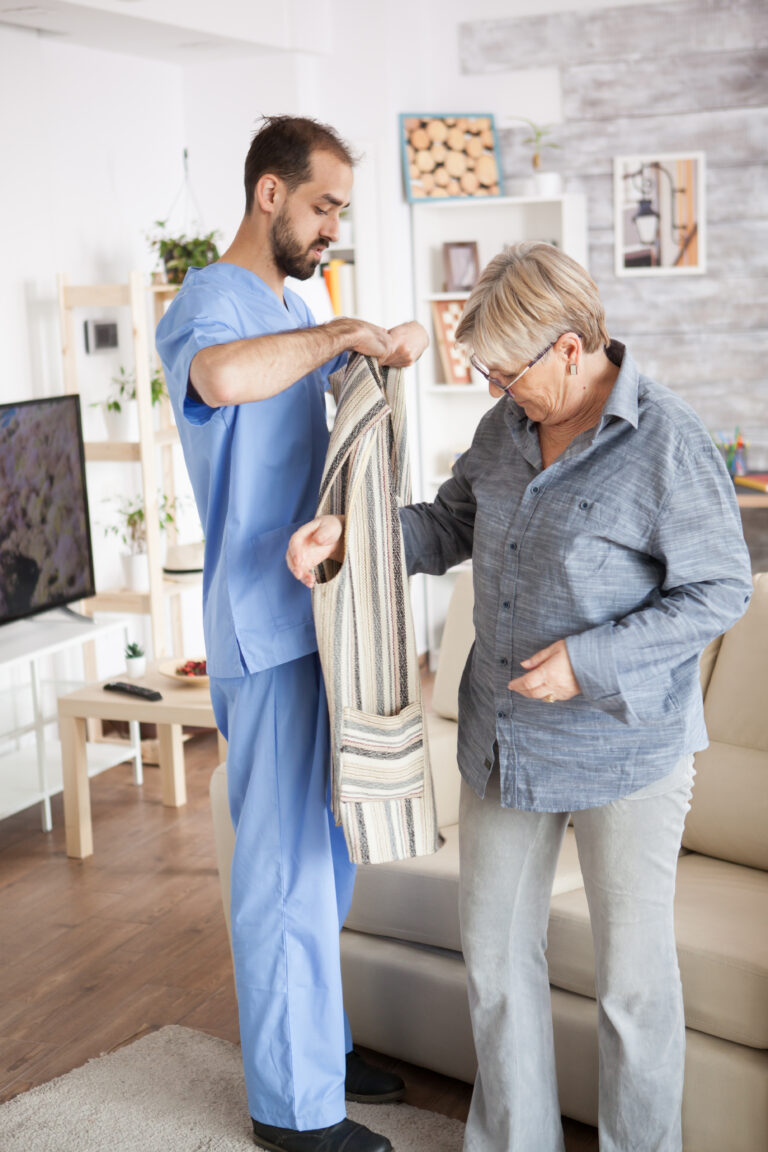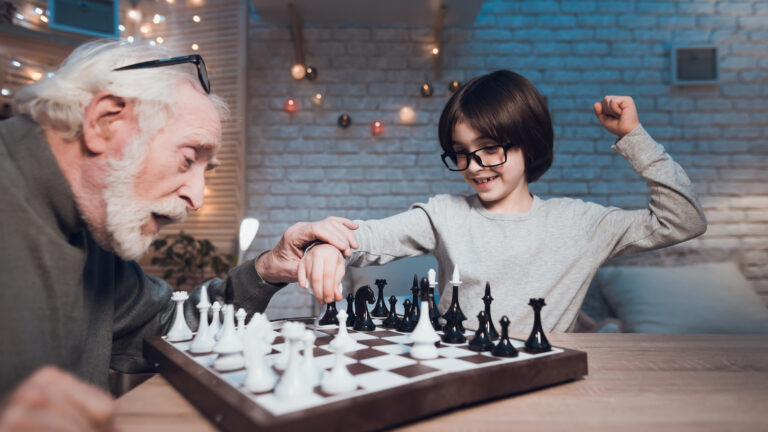Alzheimer’s disease is a progressive neurological disorder that affects millions of people worldwide. It is a type of dementia that causes memory loss, confusion, and difficulties with daily tasks. As the disease progresses, it can become increasingly challenging for a person with Alzheimer’s to engage in activities they once enjoyed, such as crafting. However, with the right tools and support, it is possible to help a person with Alzheimer’s use a craft caddy, allowing them to continue enjoying their favorite pastime and promoting a sense of independence and accomplishment.
What is a craft caddy?
A craft caddy is a portable container that holds various crafting supplies like scissors, glue, markers, and paint. It is designed to be easy to carry and allows for convenient storage of all the necessary materials for a particular project. Craft caddies come in different shapes and sizes, from small baskets to larger plastic containers, making them a versatile tool for any crafter.
Why use a craft caddy for a person with Alzheimer’s?
Crafting has been shown to have positive effects on individuals with Alzheimer’s disease. It can help promote relaxation and reduce feelings of anxiety and agitation. Engaging in creative activities has also been linked to improving cognitive function and stimulating the brain. A craft caddy can be an excellent tool for individuals with Alzheimer’s as it provides them with a sense of structure and organization while also being visually stimulating.
Tips for helping a person with Alzheimer’s use a craft caddy
1. Choose the right materials: When selecting materials for the craft caddy, consider the person’s interests and abilities. Choose simple and familiar items that are easy to handle, such as large crayons or chunky paintbrushes. Avoid using small or sharp objects that may cause harm.
2. Keep it organized: A cluttered craft caddy can be overwhelming for a person with Alzheimer’s. To make the experience more manageable, organize the supplies in the caddy in a specific order. For example, keep all the paint supplies in one section and all the paper and stickers in another.
3. Choose appropriate projects: It is essential to select craft projects that are simple and achievable for a person with Alzheimer’s. Avoid complicated or lengthy projects that may lead to frustration and disinterest. Choose activities that the person is familiar with or has enjoyed in the past.
4. Use visual cues: For individuals with Alzheimer’s, visual cues can be helpful in understanding and completing a task. Consider using pictures or drawings to demonstrate the steps of a project, or label the different sections of the craft caddy to help with organization and retrieval of materials.
5. Be patient and encouraging: People with Alzheimer’s may require more time and assistance with tasks, so it is crucial to be patient and understanding. Encourage them throughout the process and offer praise and positive reinforcement for their efforts.
6. Involve them in the process: Involving the person with Alzheimer’s in the preparation of the craft caddy can help them feel more engaged and independent. Ask for their input on what materials they would like to use and where they would like them to be placed in the caddy.
7. Make it a social activity: Crafting can also be a great way to connect and engage with a person with Alzheimer’s. Consider involving other family members or friends in the activity, which can promote socialization and provide an opportunity for meaningful interaction.
Conclusion
Crafting can be a beneficial activity for individuals with Alzheimer’s, providing them with a sense of purpose, accomplishment, and enjoyment. By using a craft caddy and following these tips, you can help a person with Alzheimer’s continue to engage in this activity and reap its benefits. Remember to be patient, encouraging, and involve them in the process, creating a positive and meaningful experience for both of you.





